Hi, this is Cochin Blogger at your service. I’m based in a town called Cochin (officially, Kochi) in the state of Kerala, which is perched at the southern-most tip of India. It’s just a stone’s throw from Sri Lanka, and is famous for its unique natural beauty. Kerala is a slim, blue-veined beauty, with canals, backwaters, lagoons, rivers, lakes, ponds, and puddles galore, a thin strip of land caressed by the waters of the Arabian Sea.
Kerala’s trademark is tropical fecundity. It’s a paradise that is still largely unspoiled because of the low level of industrialization. Kerala first hit the international headlines when it voted the communists to power in 1957, this being only the second time communists anywhere in the world have formed a popularly elected government (the first time was in the tiny republic of San Marino).
Right, I’m signing off now. I’ll be sure to keep you posted. 🙂


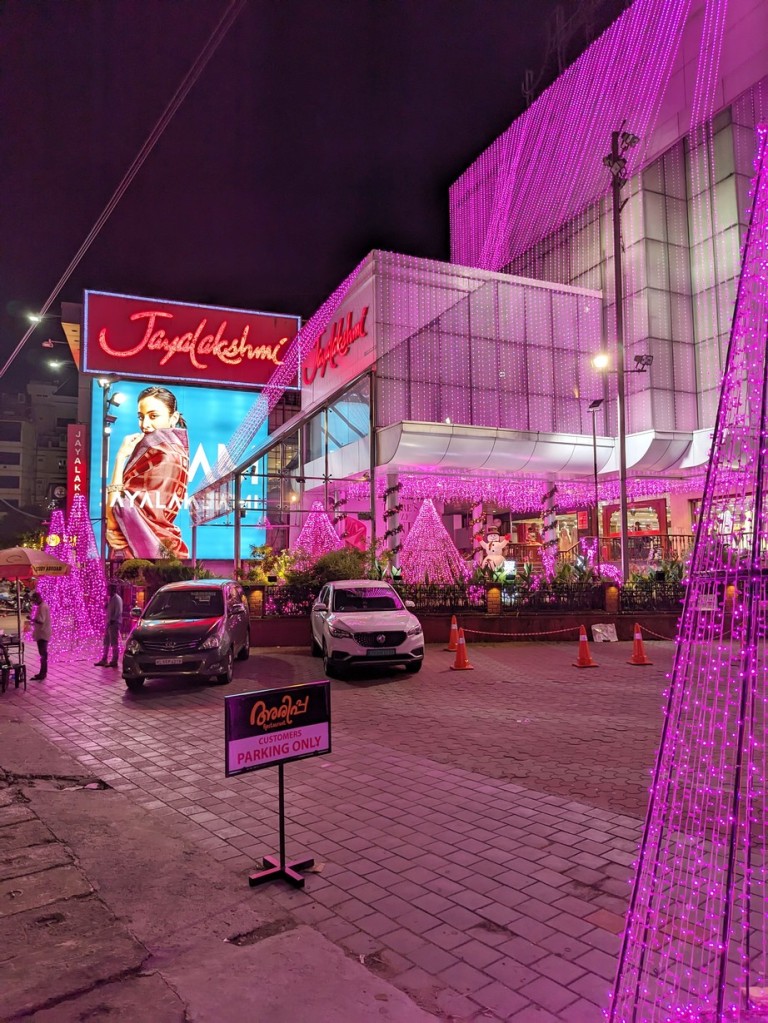





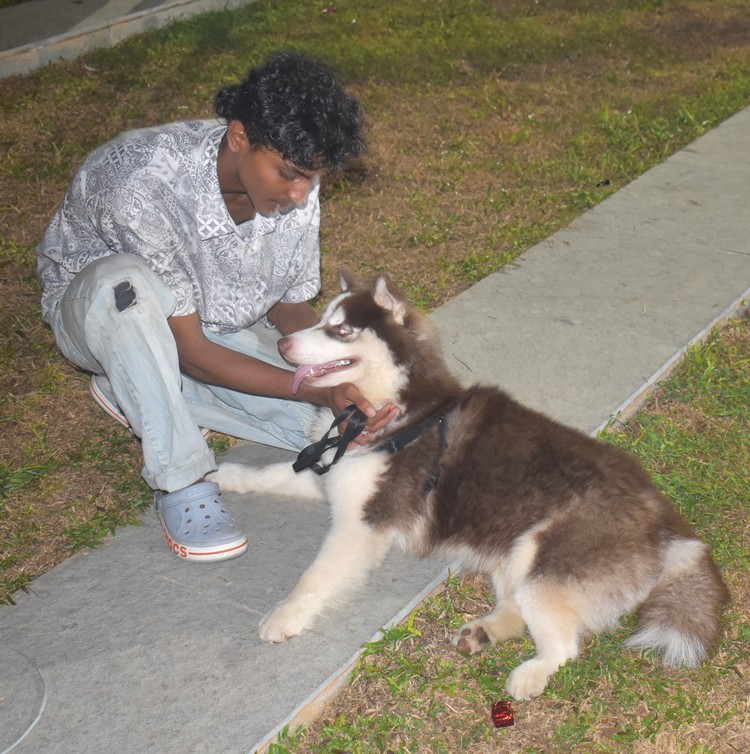





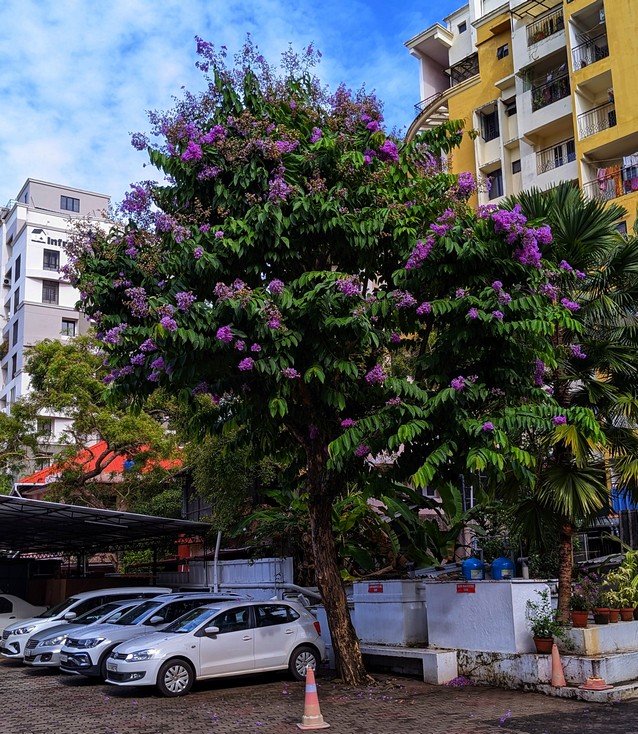
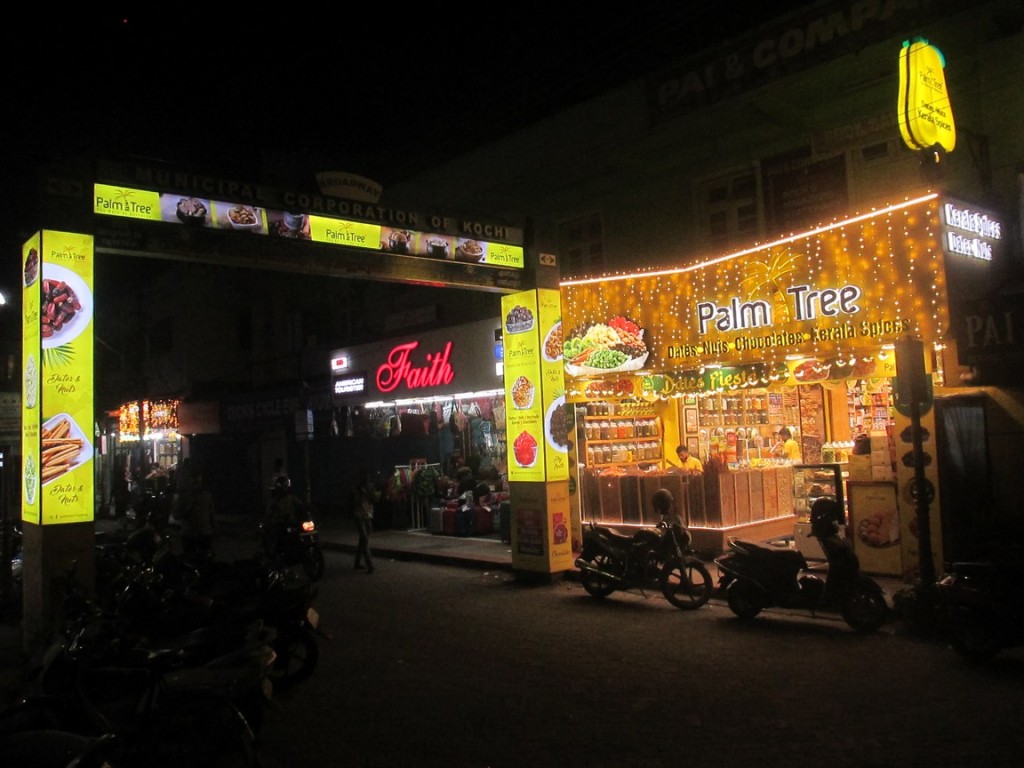



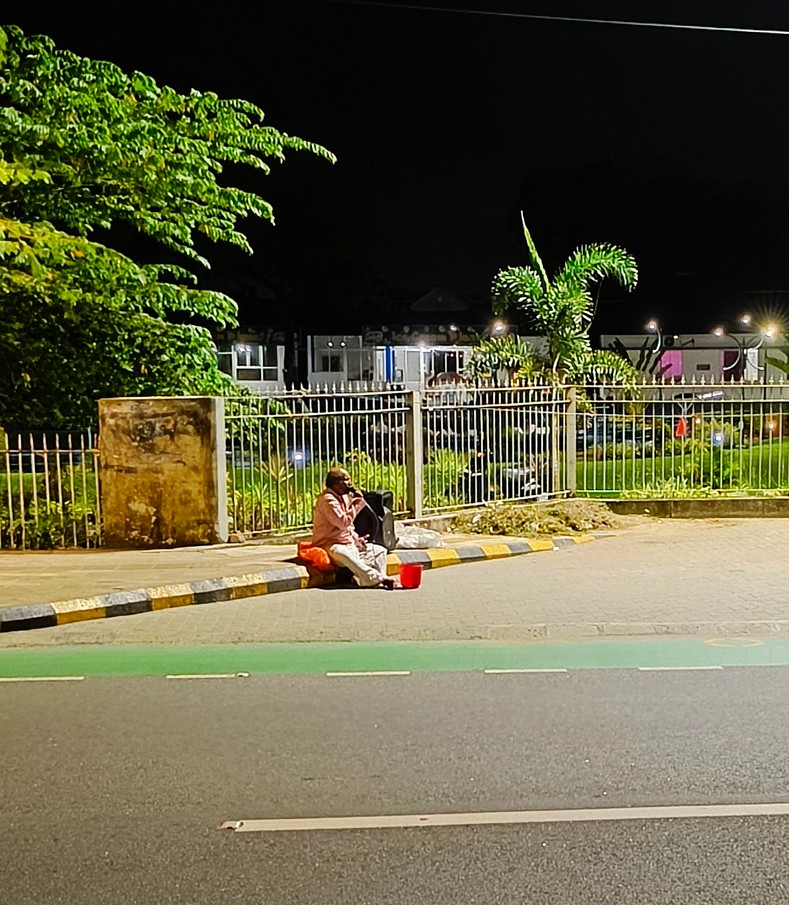



Recent Comments